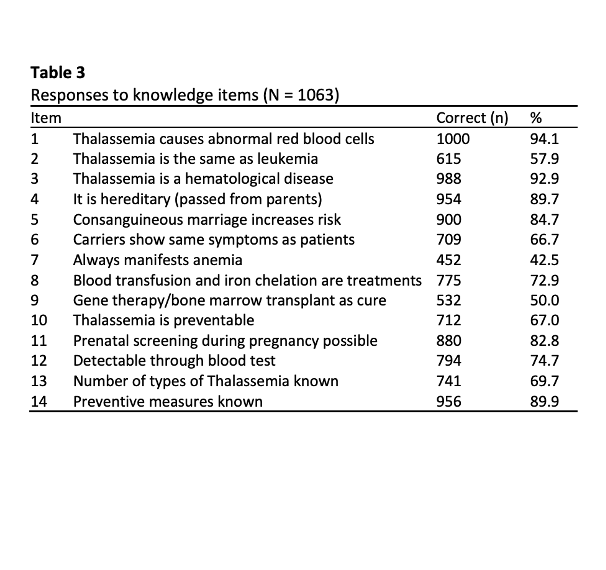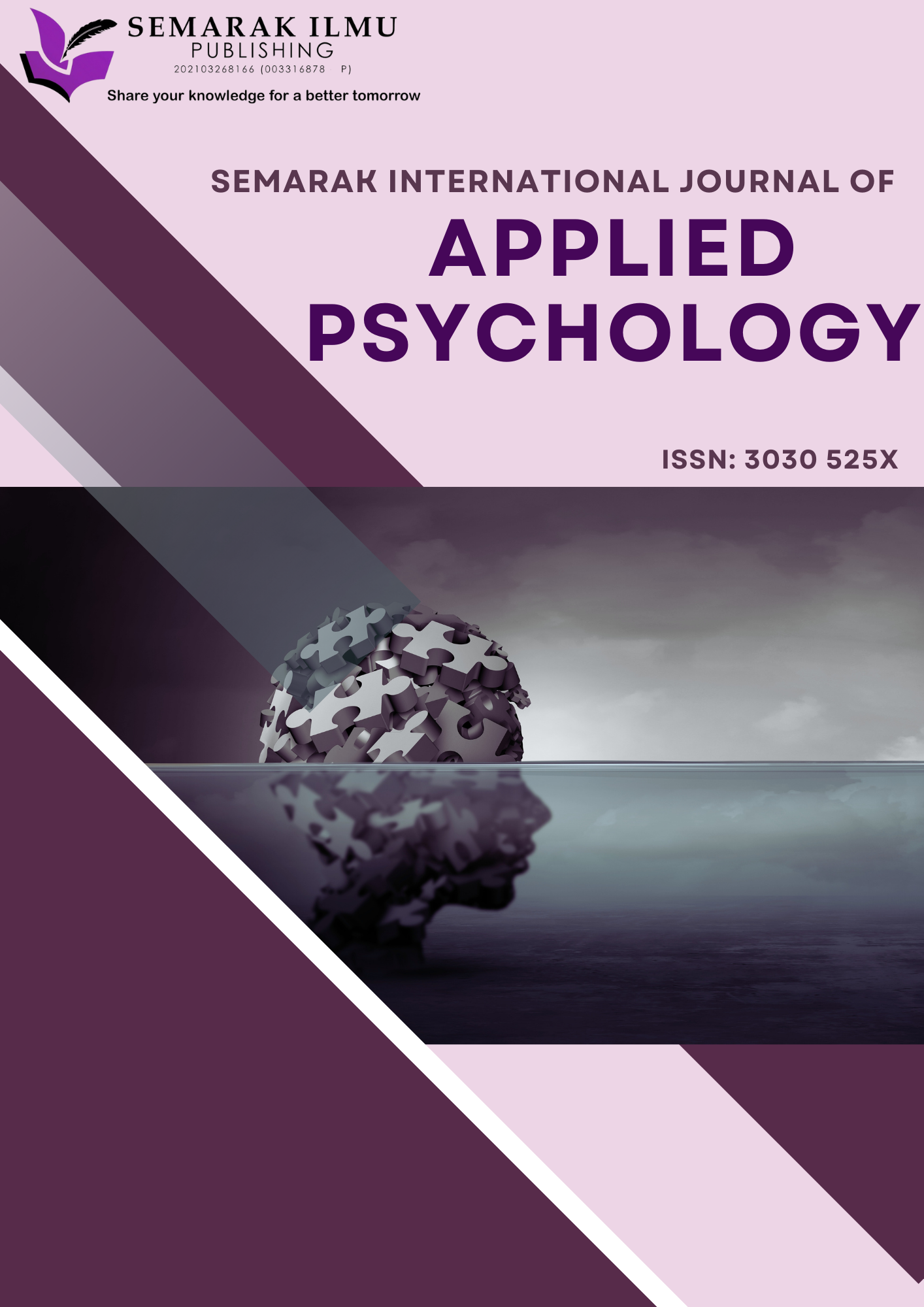Understanding What Medical Students Know—but Don’t Do—about Thalassemia: A Behavioural Perspective on Socioeconomic Influences
DOI:
https://doi.org/10.37934/sijap.6.1.1023Keywords:
health literacy, knowledge, attitudes, and practices (KAP), medical students, socioeconomic determinantsAbstract
Thalassemia is a widespread hereditary blood disorder in Vietnam, yet public engagement in preventive behaviours remains limited. This study assessed the knowledge, attitudes, and practices (KAP) related to Thalassemia among 1,124 undergraduate healthcare students during the 2024–2025 academic year, with a focus on identifying key demographic and socioeconomic determinants. A structured questionnaire, adapted from validated sources, was used to measure KAP and related factors. While 94.6% of students had heard of Thalassemia and 70.6% demonstrated good knowledge, only 61.9% exhibited positive attitudes and 18.9% reported good preventive practices. Multivariate analysis revealed that gender, academic year, and field of study significantly influenced knowledge and attitudes, with medical students and those in higher years performing better. Socioeconomic factors such as household income, parental education, and parental occupation were strongly associated with KAP outcomes. Students from higher-income families or with more educated parents were more likely to engage in preventive actions such as screening, health-seeking behaviour, and peer communication. In contrast, those from lower socioeconomic backgrounds were disproportionately represented among poor practice scores. These findings highlight the persistent gap between awareness and action and underscore the need for inclusive, equity-focused health education strategies to enhance Thalassemia prevention and literacy among future healthcare professionals in Vietnam.










